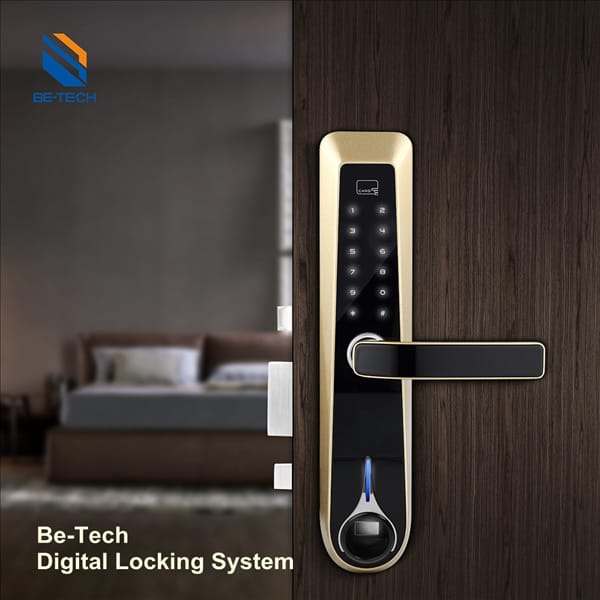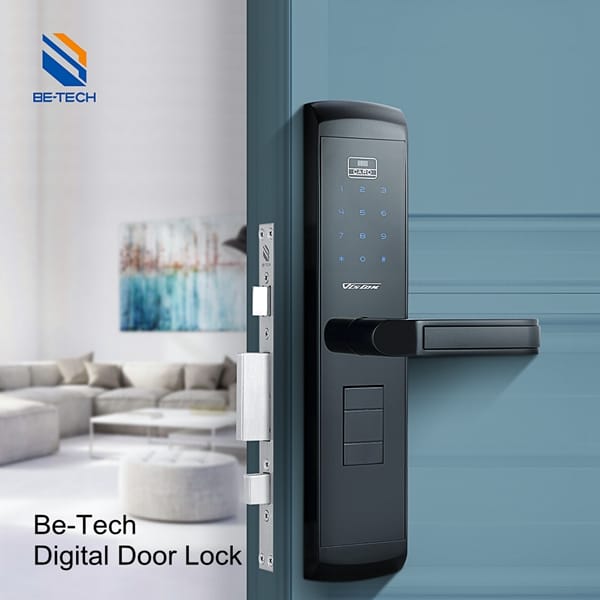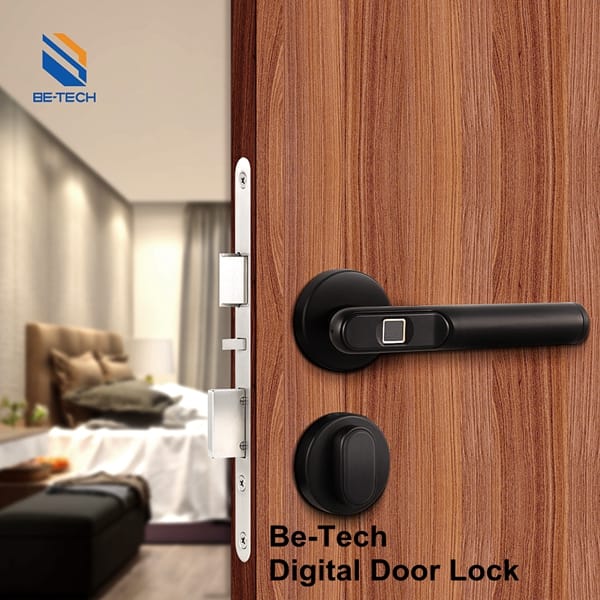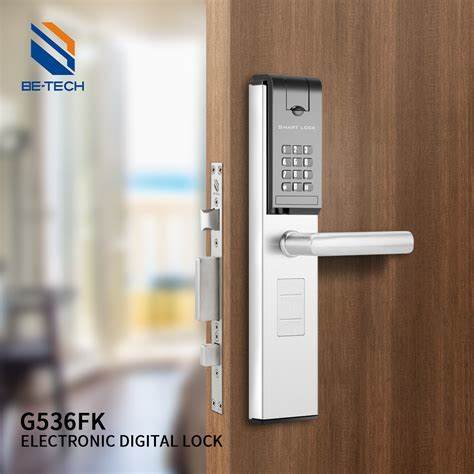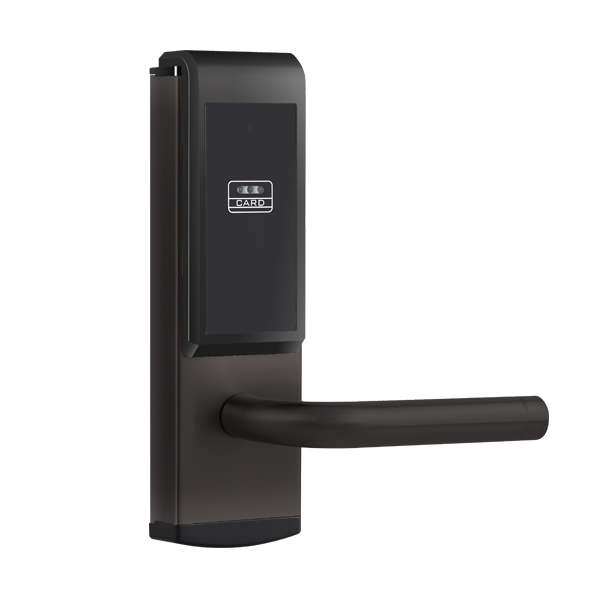In today’s rapidly evolving technological landscape, businesses are constantly seeking innovative solutions to enhance security, convenience, and operational efficiency. One area that has witnessed significant advancements is the realm of access control systems, with smart locks emerging as a game-changer. These cutting-edge devices offer a seamless blend of security and convenience, challenging the traditional notion of physical keys and mechanical locks. As businesses navigate this transition, a critical decision arises: should they embrace the smart lock revolution or stick with the tried-and-true traditional locks?
This comprehensive article aims to provide an in-depth cost-benefit analysis, weighing the pros and cons of both smart locks and traditional locks, to empower businesses in making an informed choice that aligns with their unique needs and priorities.
The Rise of Smart Locks: Revolutionizing Access Control
Smart locks have emerged as a disruptive force in the access control industry, leveraging advanced technologies to redefine the way we secure our premises. These intelligent devices integrate seamlessly with smartphones, allowing users to unlock doors with a simple tap or voice command, eliminating the need for physical keys.
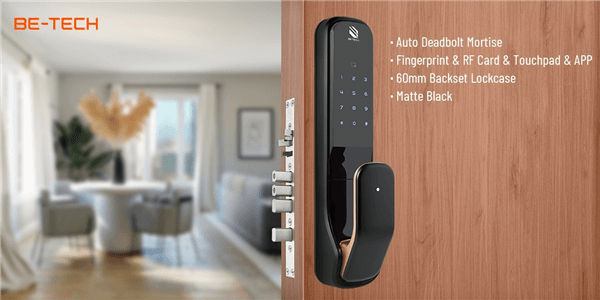
Beyond keyless entry, smart locks offer a plethora of features that cater to the evolving needs of businesses. Real-time monitoring, remote access control, and detailed activity logs are just a few examples of the capabilities that smart locks bring to the table. By harnessing the power of the Internet of Things (IoT) and cloud computing, these locks provide unparalleled convenience and enhanced security measures.
Traditional Locks: The Tried-and-True Approach
While smart locks have captured the imagination of many businesses, traditional locks continue to hold their ground, offering a time-tested and reliable solution for access control. These mechanical marvels have stood the test of time, providing a robust physical barrier against unauthorized entry.
Traditional locks rely on the intricate interplay of pins and tumblers, requiring a precise key to disengage the locking mechanism. This tried-and-true approach has been refined over centuries, offering a sense of familiarity and trust that many businesses still value.
Despite their simplicity, traditional locks have evolved to incorporate advanced security features, such as high-security cylinders and anti-pick and anti-drill technologies, ensuring a formidable line of defense against potential intruders.
| Feature | Smart Locks | Traditional Locks |
|---|---|---|
| Cost | Higher upfront cost but can save long-term on rekeying | Lower upfront cost but ongoing rekeying expenses |
| Installation | More complex installation requiring wifi/network | Simple mechanical installation |
| Access Management | Remote access control, keyless entry via app/code | Physical keys required to access |
| Scalability | Easily integrates with other smart systems | Limited integration capabilities |
| Security Monitoring | Real-time access logs and alerts | No monitoring capabilities |
| Convenience | Keyless, remote access from anywhere | Must be physically present with a key |
| Encryption | Advanced encryption protocols | Relies on physical key security |
| Maintenance | Software updates, battery replacements | Rekeying, replacing worn components |
| User Experience | Seamless smart home/office integration | Traditional key and lock experience |
Cost-Benefit Analysis: Weighing the Pros and Cons
When it comes to making an informed decision, businesses must carefully evaluate the costs and benefits associated with both smart locks and traditional locks. This comprehensive analysis will shed light on the factors that should be considered, enabling businesses to make a choice that aligns with their specific requirements and budgetary constraints.
Initial Investment
One of the primary considerations for businesses is the initial investment required for implementing either smart locks or traditional locks. While traditional locks generally have a lower upfront cost, smart locks often demand a higher initial investment due to their advanced technology and integration requirements.
However, it’s essential to consider the long-term cost implications, as smart locks may offer cost savings through reduced maintenance and operational expenses, as well as potential integration with existing security systems.
Installation and Maintenance
The installation process for smart locks and traditional locks can vary significantly. While traditional locks typically require minimal installation efforts, smart locks may necessitate additional infrastructure, such as wireless networks and integration with existing building management systems.
Maintenance is another crucial factor to consider. Traditional locks may require periodic rekeying or replacement of worn-out components, while smart locks often rely on software updates and battery replacements to ensure optimal performance.
Security and Access Control
Security is a paramount concern for businesses, and both smart locks and traditional locks offer distinct advantages and challenges in this regard. Traditional locks provide a physical barrier that has withstood the test of time, offering a sense of familiarity and trust.
On the other hand, smart locks leverage advanced encryption and authentication protocols, offering enhanced security features such as remote access control, activity logging, and real-time monitoring. However, businesses must also consider the potential vulnerabilities associated with smart locks, such as cyber threats and the risk of system failures.
Convenience and User Experience
Smart locks excel in terms of convenience and user experience, offering keyless entry, remote access control, and seamless integration with other smart devices. This level of convenience can significantly enhance productivity and operational efficiency for businesses, particularly those with a mobile workforce or multiple access points.
Traditional locks, while familiar and reliable, may lack the convenience and flexibility offered by their smart counterparts, potentially hindering productivity and user experience in certain scenarios.
Integration and Scalability
As businesses grow and evolve, the ability to integrate access control systems with other building management systems and scale operations becomes increasingly important. Smart locks often offer seamless integration with existing security systems, building automation platforms, and other IoT devices, enabling businesses to create a cohesive and interconnected ecosystem.
Traditional locks, while reliable, may lack the flexibility and scalability required to adapt to changing business needs and technological advancements, potentially limiting their long-term viability.
Striking the Right Balance: Tailoring the Solution to Your Business Needs
Ultimately, the decision to adopt smart locks or traditional locks should be driven by a thorough understanding of your business’s unique requirements, priorities, and budget constraints. While smart locks offer a wealth of innovative features and conveniences, traditional locks may be the more suitable choice for businesses with stringent security protocols or limited budgets.
Businesses should carefully evaluate their specific needs, such as the level of security required, the number of access points, the desired level of convenience, and the potential for future growth and integration. By conducting a comprehensive cost-benefit analysis and considering the factors outlined in this article, businesses can make an informed decision that aligns with their strategic objectives and long-term goals.
Advanced Security Features: Enhancing Protection and Peace of Mind
In the realm of access control, security is paramount, and smart locks have raised the bar with their advanced security features. These cutting-edge devices offer a multitude of safeguards that traditional locks simply cannot match, providing businesses with an unparalleled level of protection and peace of mind.
One of the standout features of smart locks is biometric authentication, which utilizes unique biological characteristics, such as fingerprints or facial recognition, to grant access. This technology eliminates the risk of lost or stolen keys, ensuring that only authorized individuals can gain entry. Additionally, many smart locks incorporate tamper alerts and real-time activity logs, enabling businesses to monitor and respond to any suspicious activity promptly.
Another significant advantage of smart locks is their ability to integrate with existing security systems and building automation platforms. This seamless integration allows businesses to create a cohesive and interconnected ecosystem, where access control, surveillance cameras, and other security measures work in tandem to provide a comprehensive and robust security solution.
Furthermore, smart locks often offer robust encryption and authentication protocols, ensuring that the communication between the lock, smartphones, and connected devices is secure and virtually impenetrable. This added layer of protection safeguards businesses against potential cyber threats and unauthorized access attempts.
While traditional locks have their merits, the advanced security features offered by smart locks are undeniably compelling, particularly for businesses operating in high-risk environments or those handling sensitive information or valuable assets.
Seamless Integration with Hotel Management Systems
In the hospitality industry, where guest experience and operational efficiency are paramount, the integration of smart locks with hotel management systems (HMS) has emerged as a game-changer. This seamless integration streamlines operations, enhances security, and elevates the overall guest experience, positioning smart locks as an indispensable component of modern hotel management.
When integrated with an HMS, smart locks can sync with room booking and assignment systems, resulting in an automated and seamless process. Guests can receive immediate access to their assigned rooms through virtual keycodes or card access, eliminating the need for traditional key exchanges and reducing the workload on front desk staff.
This integration also enables real-time updates, ensuring that any changes in room status, such as check-ins, check-outs, or room reassignments, are instantly reflected in the access control system. This level of synchronization not only enhances operational efficiency but also provides an added layer of security, as access can be revoked or granted promptly, minimizing the risk of unauthorized entry.
Moreover, the integration of smart locks with HMS allows for comprehensive access control and monitoring. Hotel staff can easily manage and track guest access, granting temporary or permanent access codes as needed. This level of control ensures that properties can maintain a secure environment while accommodating the dynamic nature of the hospitality industry.
By embracing the integration of smart locks with hotel management systems, businesses in the hospitality sector can streamline operations, enhance guest satisfaction, and maintain a high level of security, positioning themselves as industry leaders in an increasingly competitive and technology-driven market.
Conclusion
In the ever-evolving landscape of access control systems, businesses are faced with a pivotal choice: embrace the cutting-edge capabilities of smart locks or rely on the time-tested reliability of traditional locks. While both options offer distinct advantages and challenges, the ultimate decision should be guided by a thorough understanding of your business’s unique requirements and priorities.
By carefully weighing the costs and benefits associated with each option, businesses can strike the right balance between security, convenience, and operational efficiency. Whether you choose to embrace the smart lock revolution or continue with traditional locks, the key lies in tailoring the solution to your specific needs, ensuring a seamless integration with your existing systems, and fostering a secure and productive environment for your employees and customers alike.
Remember, the decision to adopt smart locks or traditional locks is not a one-size-fits-all solution. It requires a thoughtful and strategic approach, considering factors such as initial investment, installation and maintenance, security and access control, convenience and user experience, and integration and scalability.
As technology continues to evolve, businesses must remain agile and adaptable, continuously evaluating their access control systems to ensure they remain aligned with industry best practices and emerging trends. By staying informed and embracing innovation while maintaining a strong focus on security and operational efficiency, businesses can position themselves for long-term success in an increasingly competitive and dynamic marketplace.
To learn more about Be-tech Locks’ cutting-edge smart lock solutions and how they can benefit your business, visit our website or contact us today.


